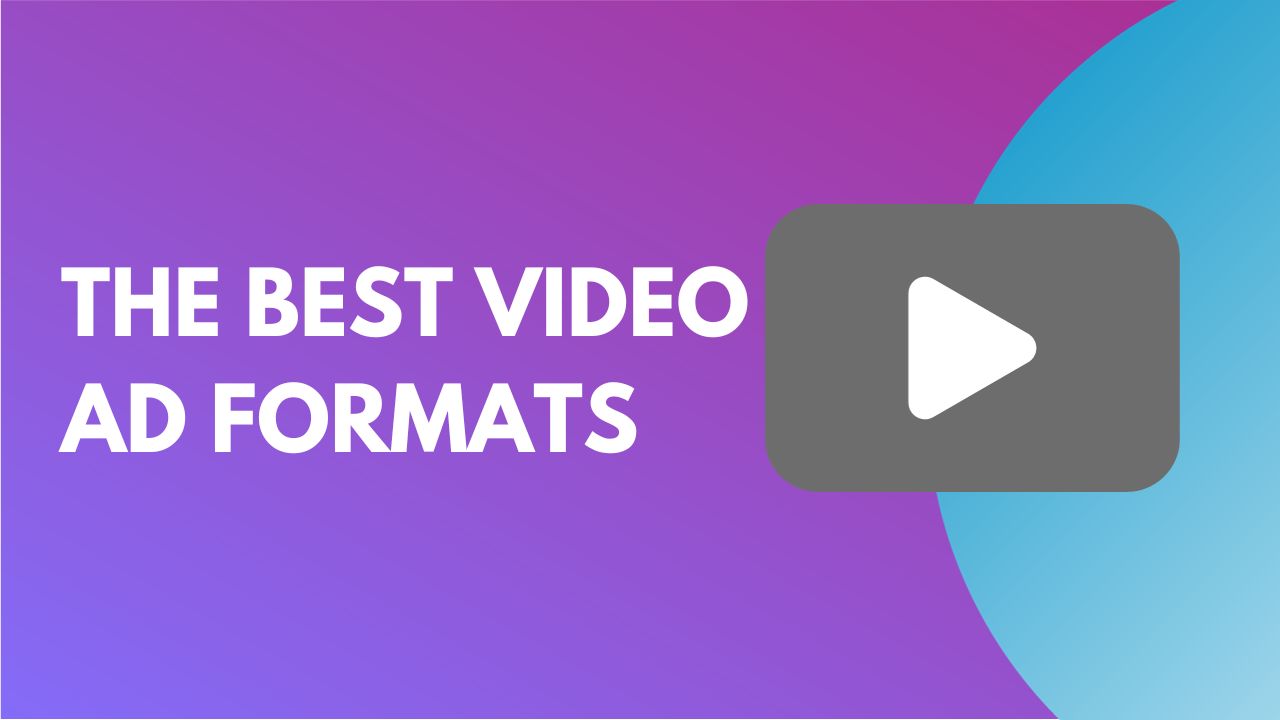
As the appetite for visual content continues to grow exponentially, leveraging the best video ad formats becomes imperative to ensure optimal user engagement and maximize monetization. Video ads are no longer just about conveying a message; they are pivotal tools that can significantly impact a publisher’s bottom line, enhancing both brand visibility and conversion rates.
This comprehensive guide is crafted to provide publishers with insights into the best video ad formats of 2023, exploring their distinct features, benefits, and the optimum strategies to employ them effectively across mobile and desktop platforms. Whether you’re a seasoned publisher or a novice exploring the realms of digital advertising, navigating through these proven video ad formats will empower you to curate a more fruitful and engaging experience for your audience, driving your ad revenue to new heights.
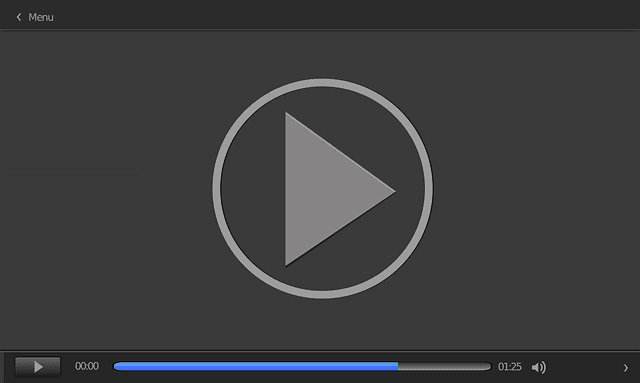
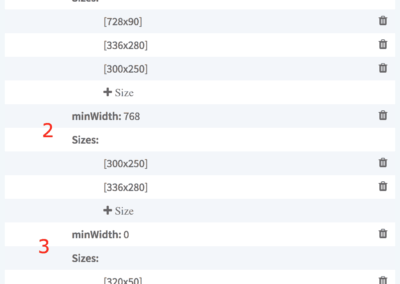
These video ad units is perfect for sites with users spending a high average time on pages. Due to the nature of the ad unit, the video creative is usually not as fast to fire as the regular IAB banner.
It is important to always consider the “time on page” metric when planning to enable this in your inventory. In Banner Video ads, also known as IBV would also work great for sites that have sticky desktop or tablet ad units in the sidebar.
Since the sticky ad unit stays in the viewport as the users scroll up or down the page, this will ensure high ad viewability and will, therefore, yield high CPM rates for the ad unit.
IBVs or In-Banner Videos are usually enabled by demand sources on your 300×250 or 336×280 ad unit sizes. But if you do not want to run this type of format, you need to reach out to your demand partner and have them block IBVs from displaying.
You can also block this type of format in Google Ad Exchange but not in Google AdSense.
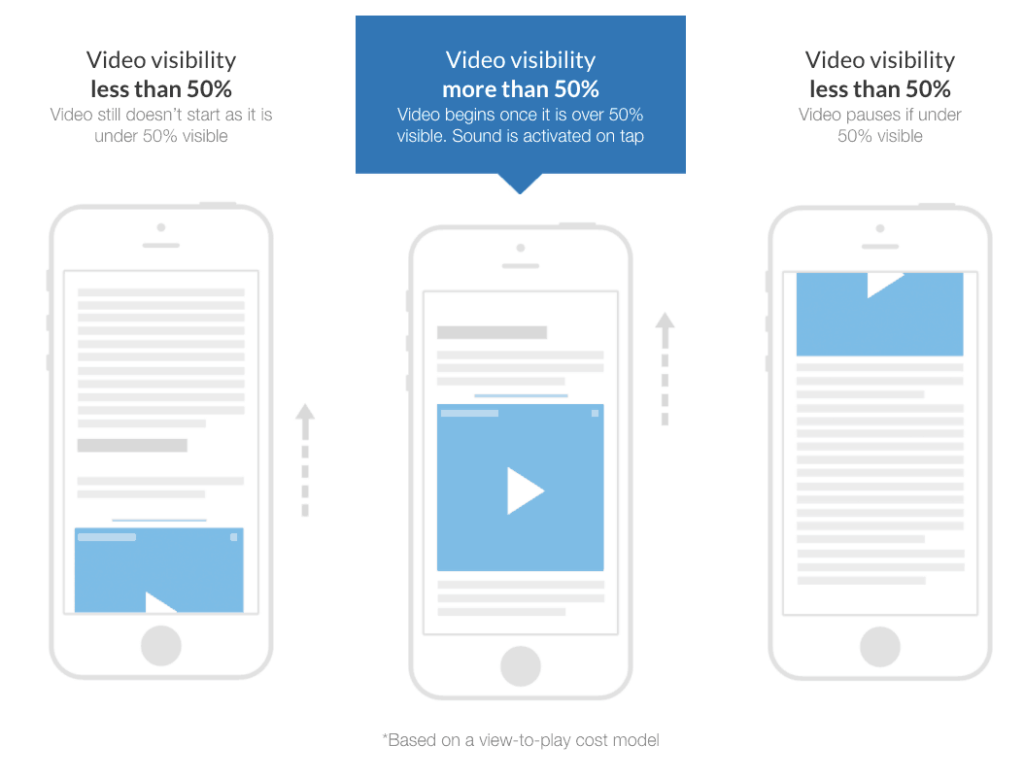
This format usually fires in between 2 paragraphs. It is best to have it in a very strategic location where you know your users spend time reading and viewing content.
The ad does not need one to click it for the video to play – as mentioned in the image above; it is a view-to-play cost model.
CPM rates are usually as high as $7 to $9 on desktop and $5 to $7 on mobile. The only caveat is it’s not 100% fill so I would recommend working with your ad rep so you can set up a passback or have one other demand source offering the same ad unit.
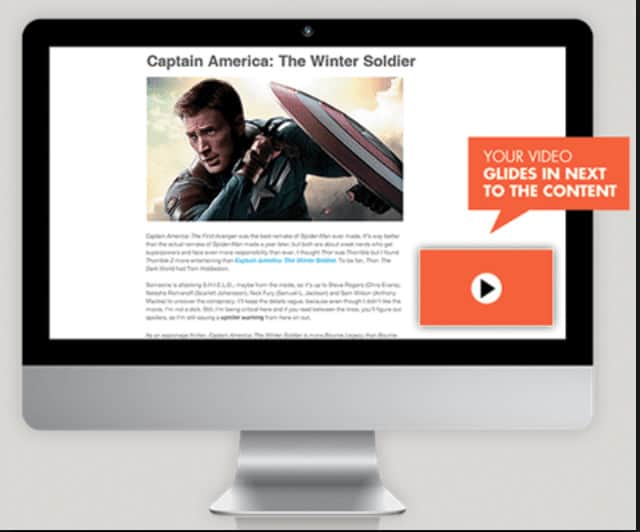
This ad unit, same as the In-Read type is usually not 100% fill and most of the time based on the daily demand availability. Even so, the rate is still lucrative compared to In Banner Videos with it being always in the viewport as soon as the user lands the page. It’s instantly viewable.
The format has become acceptable these days. What users get turned off with is usually when the audio is blasting off when they open the page.
One thing that’s very important to arrange with your ad representative is to make sure that it is always Audio Off.
Since this ad unit appears as sticky at the bottom of the page when the user scrolls up or down, publishers cannot run an anchor ad unit 728×90 or 970×90 with this as both ads might overlap.
If you have the inventory, go for it!
Desktop and mobile users alike are so used to seeing this format that it becomes a part of the whole video content experience as they consume them.
A word of advice when running pre-roll – always consider the maximum time duration of the ad. The risk of losing the users is high due to long pre-roll ads.
Mid Roll is the most well-earned ad unit compared to pre and post-rolls.
There are two reasons why:

Post-roll video ads can deliver lots of value if appropriately implemented. For example, if you’re using a post-roll ad as a call to action after a branded video content.
Also, take a look at the new Google Outstream video ad format.
When a Video Discovery unit is placed on a publisher’s page, it scans that page to find out which particular video will best match the topic. The logic behind this being that when a user is shown a video that interests them, they are more likely to stay on the page longer, thereby bringing in more revenue. This increased engagement brings in revenue from both the video ads and the surrounding banner ads that remain viewable throughout the duration of the user’s watch time.
It is recommended that publishers who want to use Video Discovery units have available a video library that is diverse enough to provide relevant content for each article. This could be achieved by producing original video content, dealing with content creators or partnering with a Video Discovery platform.
Your Video Discovery unit should be customizable so that it can sport many of the other features in this list including floater video footer, pre-roll, mid-roll, and post-roll video.
Interactive Video Format stands as a revolutionary stride in the realm of digital advertising, serving as a conduit for publishers to significantly amplify their revenue streams.
For publishers, the adoption of Interactive Video Formats means not just elevated user engagement, but also enhanced user retention. When users find themselves as active participants within the content, it contributes to heightened interest and prolonged dwell times. This increased interaction and engagement open doors for publishers to optimize ad placements, consequently leading to higher click-through rates (CTRs) and conversion rates.
Moreover, the detailed user interaction data procured through interactive videos is a treasure trove for publishers. It enables a more profound understanding of user preferences, behaviors, and interaction patterns.
Another lucrative facet of Interactive Video Formats is the versatility they offer. They can be seamlessly integrated across various platforms and devices, broadening the reach and impact of advertisements. The capability to incorporate diverse forms of media, like polls, quizzes, and call-to-action buttons within the videos, renders them as highly effective tools for driving user action and interaction, which are crucial for maximizing revenue.
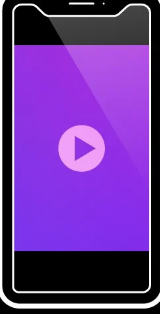
Vertical videos, primarily designed for mobile consumption, align perfectly with the natural orientation of mobile devices, offering users a full-screen, immersive experience without the need to rotate their devices. For publishers, this format is a goldmine as it aligns with the mobile-first behavior of consumers, ensuring higher viewability and engagement rates. The convenience and user-friendly nature of vertical videos mean higher completion rates, enabling publishers to charge premium ad prices and thereby increase their ad revenue. The enhanced user experience and increased visibility also contribute to improved brand recall and conversion rates.
360-degree videos provide a panoramic view, offering an immersive experience that allows users to explore every angle of the video content. This innovative and engaging format allows publishers to captivate users’ attention more effectively than traditional video ads, leading to higher user interaction and engagement levels. The immersive nature of 360-degree videos encourages longer view times, providing more opportunities for publishers to monetize through ads. Furthermore, the enriched user experience fosters a deeper emotional connection to the content, which can translate to higher conversion and click-through rates, ultimately benefiting the publisher’s bottom line.

Rewarded videos are a user-friendly ad format where users opt to watch ads in exchange for rewards or incentives in apps or games. This ad format is lucrative for publishers as it significantly increases user engagement and retention by adding value to the user experience. The opt-in nature of rewarded videos ensures high viewability and completion rates, allowing publishers to optimize their ad inventory value. Additionally, by enhancing user satisfaction and willingness to engage with ads, publishers can leverage rewarded videos to maximize their ad revenue and ensure a steady revenue stream.
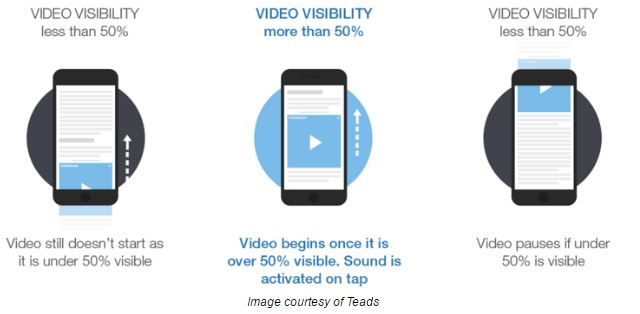
Outstream videos are those that play outside of video content, usually embedded within text content or displayed in a corner of the app or website. This video ad format offers the flexibility to monetize content even without having video content of their own, thereby opening up new revenue streams. They typically have higher viewability as they play only when in view and pause when users scroll past, leading to better user experience and engagement. The unobtrusive and user-friendly nature of outstream videos encourages more views and interactions, allowing publishers to charge premium prices and boost their ad revenue significantly.
Remember, there’s no one-size-fits-all solution; the ideal format varies based on content, platform, audience preferences, and campaign objectives. It is crucial to continuously monitor, analyze, and optimize ad performance, adapting to the evolving preferences and behaviors of the audience.
By staying informed and making well-considered choices, publishers can leverage the transformative power of video ads to create more engaging, rewarding, and profitable user experiences. Whether you are aiming to enhance brand visibility, user engagement, or conversion rates, aligning with the best video ad formats will undoubtedly pave the way for unparalleled advertising success in this digital age.
Need more help with implementing video ads? MonetizeMore is here to help! Our team of AdOps experts is ready to take care of your every ad optimization need and help take your ad revenue to the next level! Sign up to MonetizeMore today.

With over ten years at the forefront of programmatic advertising, Aleesha Jacob is a renowned Ad-Tech expert, blending innovative strategies with cutting-edge technology. Her insights have reshaped programmatic advertising, leading to groundbreaking campaigns and 10X ROI increases for publishers and global brands. She believes in setting new standards in dynamic ad targeting and optimization.
10X your ad revenue with our award-winning solutions.